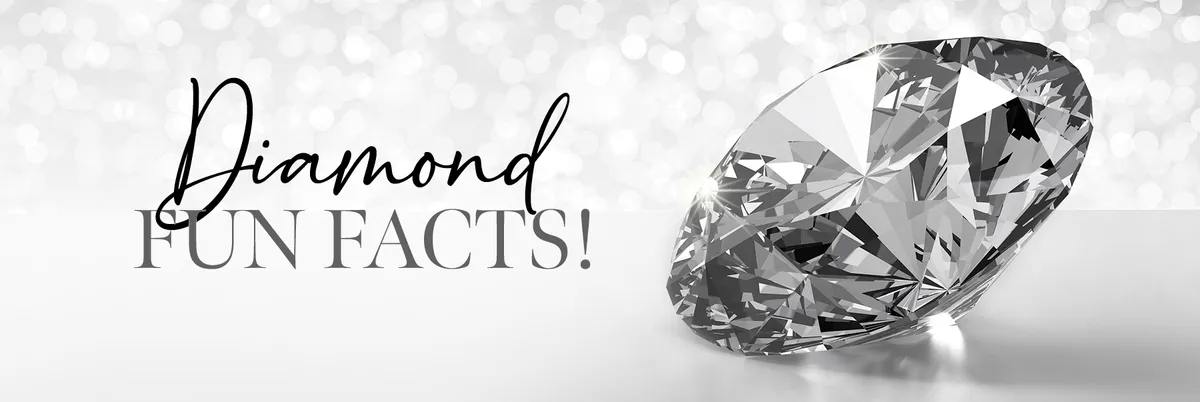
✔️ April’s birthstone. ✔️ The hardest natural substance on Earth. ✔️More than a billion years old.
There’s a wealth of history and knowledge surrounding diamonds. This popular gem is brilliant, glamorous, breathtaking, and mysterious. And you’ll add intriguing to the list after reading through these fun facts about diamonds.
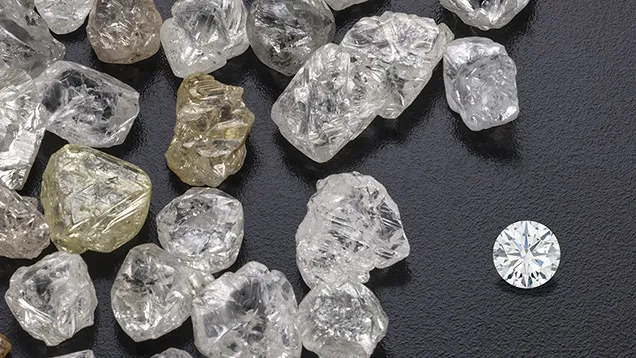

Courtesy of Alan Bronstein and Aurora Gems. Photo: Robert Weldon/GIA
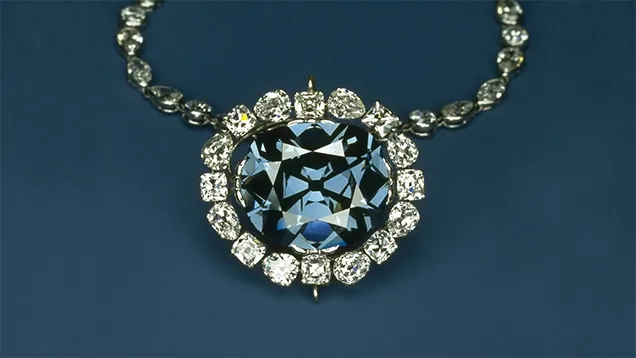
Courtesy of Chip Clark, Smithsonian Institution. http://geogallery.si.edu/
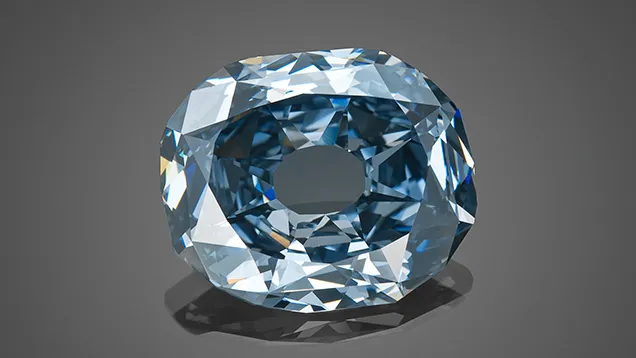
Photo by Robert Weldon/GIA
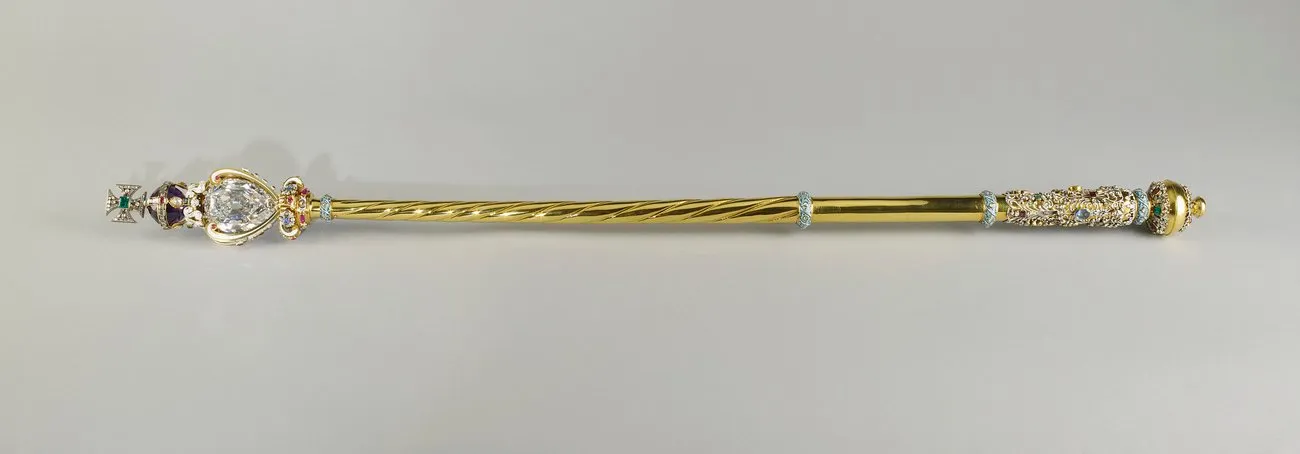
Photo courtesy of The Royal Collection Trust
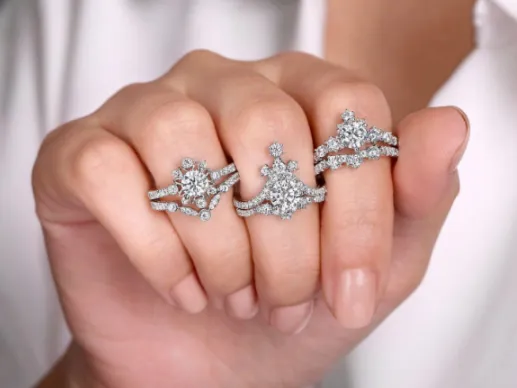
Enjoy diamonds every day with fabulous diamond jewelry! Browse our engagement rings and fashion jewelry collections to find your favorite.
There’s a wealth of history and knowledge surrounding diamonds. This popular gem is brilliant, glamorous, breathtaking, and mysterious. And you’ll add intriguing to the list after reading through these fun facts about diamonds.

DID YOU KNOW?
- Diamonds were formed billions of years ago through a combination of tremendous pressure and temperatures of 1652–2372 degrees Fahrenheit at depths between 90 and 120 miles beneath Earth’s surface.
- Diamonds can be burned. To burn a diamond, it must be heated to between 1290-1650 degrees Fahrenheit. House fires and jewelers’ torches can sometimes reach that temperature.
- D-to-Z color diamonds are the most widely used in jewelry, but diamonds come in all colors of the rainbow. For natural-colored diamonds, blue, green, orange and red are the rarest; yellow, brown and black are the most common. Click to shop our green diamond fashion ring.
- Diamond weight is measured in carats (not carrots or karats). The word carat is derived from keration, the Greek name for the carob tree whose seed was used for centuries as the standard of weighing precious stones. Because the seed could vary slightly in weight, in 1913, carat weight became metric; one metric carat is equivalent to 0.2 grams or 0.007 ounces.
- The largest rough diamond, discovered in 1905 in South Africa, is the Cullinan diamond, weighing in at 3,106 carats! It was cut into a total of 105 diamonds of exceptional color and clarity. The two largest of the stones cut from this rough are mounted in the British crown jewels. Eight others are part of Queen Elizabeth II’s private collection.

Courtesy of Alan Bronstein and Aurora Gems. Photo: Robert Weldon/GIA
WHERE DO DIAMONDS COME FROM?
- Diamond crystals are brought closer to the Earth’s surface through volcanic activity.
- Diamonds can be found in shallow alluvial deposits where the crystals settle after being transported away from the kimberlite pipes by geologic activity and rivers.
- Around 30 percent of the diamonds mined worldwide are gem-quality.
- Prior to the 18th century, most diamonds were found in India.
- Diamonds were discovered in South America as early as 1725. The discovery occurred in Minas Gerais, Brazil, just as the production in India was dwindling.
- Diamonds were found in North America in the 1840s, although this was soon eclipsed by the discovery of diamonds in Africa in the late 1860s and early 1870s and the ensuing Great Diamond Rush.
- In 2014, Russia produced the most diamonds by volume and value.
- With the opening of the Ekati mine in late 1988, and others in Canada, North America produces almost 10 percent of the total world diamond production by volume.
- Even though the U.S. produces almost no diamonds for commercial consumption, America buys more than 40 percent of the world’s gem quality diamonds – making it the world’s largest diamond market.
THE HOPE DIAMOND

Courtesy of Chip Clark, Smithsonian Institution. http://geogallery.si.edu/
- The Hope diamond, a Fancy dark grayish blue diamond, fashioned into a cushion brilliant cut, was originally 112 ct. before being cut to its present weight of 45.52 ct.
- The Hope diamond is said to be cursed. Although one of its owners, Evalyn McLean believed it to be her good luck charm, her life states otherwise; after possession of the gem, her young son died in a car accident, her husband divorced her and died insane, and her daughter committed suicide.
- The Hope diamond, perhaps the world’s most legendary gem, arrived at its present home at the Smithsonian Institution on Nov. 10, 1958, via registered first class U.S. mail!
THE WITTELSBACH-GRAFF DIAMOND

Photo by Robert Weldon/GIA
- The 31.06 ct. Wittelsbach-Graff is one of the largest historic blue diamonds ever fashioned.
- Blue diamonds are extremely rare. The presence of boron impurities is often responsible for the color of natural blue diamonds. However, their color can also be caused by radiation exposure or associated with hydrogen. Blue diamonds naturally colored by exposure to radiation are usually described as green-blue, whereas those with color that is associated with hydrogen are described as gray-violet to gray-blue.
- The diamond belonged to the Bavarian House of Wittelsbach and was displayed in the Treasury of the Munich Residence until it disappeared in 1931. It was secretly sold in 1951, "rediscovered" in 1961, and then sold again in 1964 to an undisclosed private buyer.
- In December 2008, the Wittelsbach-Graff (then called the Wittelsbach Blue) was sold at Christie’s London to jeweler Laurence Graff for just over $24.3 million.
- The stone is graded Fancy Deep blue with IF clarity.
- Because the Wittelsbach-Graff Diamond and the Hope diamond have similar color and long-lasting phosphorescence – and both are believed to have been unearthed at the Golconda mine in India, but not cut from the same crystal.
THE CULLINAN DIAMOND

Photo courtesy of The Royal Collection Trust
- The historic Cullinan diamond, discovered in South Africa in 1905, weighed an astounding 3,106 ct. It was cut into a total of 105 diamonds of exceptional color and clarity.
- The Great Star of Africa (Cullinan I) weighs 530.20 ct. and the Lesser Star of Africa (Cullinan II) weighs 317.40 ct. These two diamonds are part of the crown jewels of Great Britain. It is pictured here in the Sovereign's Sceptre which had been made for Charles II's coronation in 1661. The diamond is so large that the sceptre had to be reinforced to take its weight. Nevertheless, the structure which holds the diamond is hinged, so the stone can be removed and worn separately if desired.
- Cullinan III through Cullinan IX, and the remaining 96 diamonds cut from the Cullinan are in private collections.
- The two largest stones are mounted in the British crown jewels, while eight others are part of Queen Elizabeth II’s private collection.
DIAMONDS IN JEWELRY

Enjoy diamonds every day with fabulous diamond jewelry! Browse our engagement rings and fashion jewelry collections to find your favorite.
